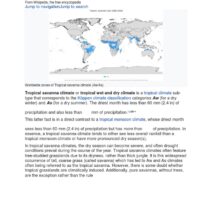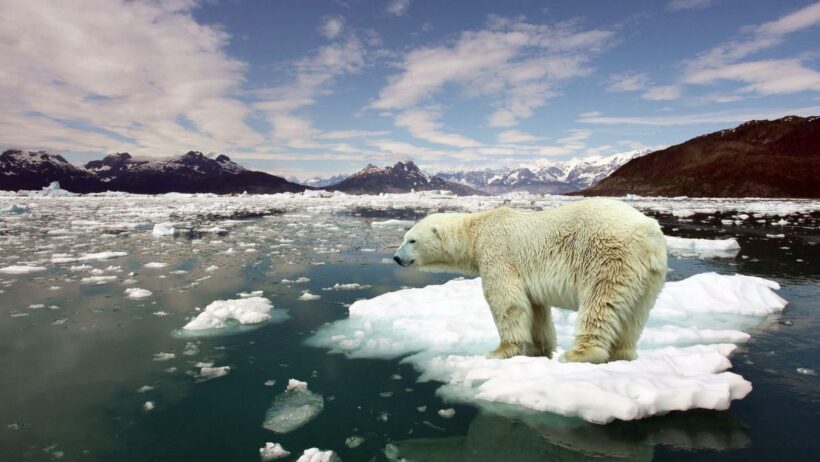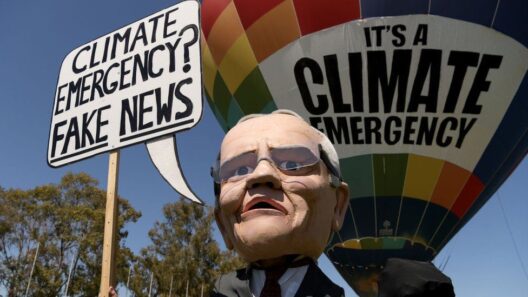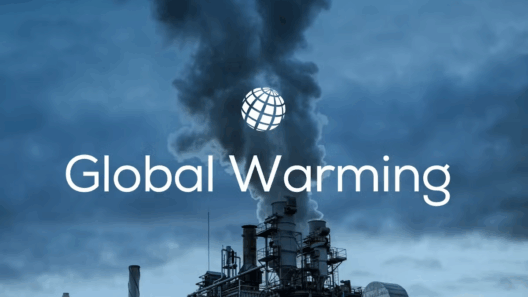Global warming has become an inescapable phenomenon, with its reach extending across scientific, socio-economic, and environmental spectra. As temperatures rise and climate changes wreak havoc on natural systems, society faces an urgent question: Can we stop global warming? This inquiry is not merely a call to arms but enshrines a profound yearning for solutions that not only address the alarming rise in global temperatures but also the underlying drivers behind this encroaching threat.
The multifaceted nature of global warming necessitates a thorough examination of effective strategies to confront and mitigate its impacts. Each proposed solution represents a unique intersection of technology, policy, and societal behavior, inviting deeper contemplation of the intricate web of causation and effect that fuels the climate crisis.
Understanding the causes of global warming is essential for crafting coherent responses. Anthropogenic emissions of greenhouse gases—chiefly carbon dioxide, methane, and nitrous oxide—are pivotal in trapping heat within the Earth’s atmosphere. This phenomenon, known as the greenhouse effect, underscores the need for a broad array of initiatives aimed at reducing these emissions across diverse sectors.
Transitioning to Renewable Energy: The Heartbeat of Change
The energy sector stands as one of the largest contributors to greenhouse gas emissions. A comprehensive shift towards renewable energy sources is thus paramount. Solar, wind, hydroelectric, and geothermal power present viable alternatives to fossil fuels. These renewable energies offer a dual advantage: they not only generate electricity but also mitigate reliance on carbon-intensive fuels.
Investment in technology is a necessary precursor to this transition. Advances in battery storage and grid improvements can ensure that renewable energy is practical and reliable. Innovation in energy capture and storage, particularly the development of smart grids, can optimize resource use and bolster energy efficiency. It is incumbent upon policymakers to incentivize such research by fostering a conducive environment for innovation through grants and subsidies.
Moreover, integrating renewable sources into the daily life of communities requires patient engagement in educating populations about energy efficiency practices. Behavioral changes, informed by science and enhanced by social media outreach, can cultivate a culture of responsibility in energy consumption.
Decarbonizing Transportation: A Pathway to Sustainability
Transportation is another significant culprit in the global warming equation, emitting substantial quantities of carbon into the atmosphere. The transition from internal combustion engines to electric vehicles (EVs) presents an immediate opportunity for reducing emissions within the transportation sector. As technological advancements render EVs increasingly affordable and accessible, governments must play a crucial role in facilitating widespread adoption.
Incentives such as tax rebates, public charging infrastructure, and policies that phase out fossil fuel vehicles can expedite this transition. Additionally, investment in public transportation systems, cycling infrastructure, and pedestrian pathways can catalyze a shift away from single-occupancy vehicles. Enhanced public transport not only diminishes traffic congestion but also offers equitable access to mobility for underserved communities.
Urban planning that prioritizes walkability and mixed-use development can further diminish reliance on automobiles. This shift towards compact and connected communities underscores an urgent societal need for implementation of sustainable practices in urban environments.
Conserving and Restoring Ecosystems: Nature as an Ally
While advances in technology are paramount, ecological conservation must not be sidelined in the discourse surrounding climate action. Forests, wetlands, and grasslands act as crucial carbon sinks, sequestering substantial amounts of carbon dioxide from the atmosphere. Thus, preserving existing ecosystems and restoring degraded ones are essential components in the fight against global warming.
Reforestation and afforestation projects can enhance biodiversity and support ecosystem resilience while providing local communities with economic benefits through sustainable land use practices. This multifaceted approach aligns environmental priorities with socio-economic development, addressing deeper societal inequities while fostering environmental stewardship.
Community-driven conservation initiatives can empower local residents, nurturing a sense of ownership over natural resources. Education plays a vital role in promoting awareness about the importance of biodiversity and ecosystem health, forging a connection between people and their environmental landscapes.
Embracing a Circular Economy: Redefining Consumption
The interconnectedness of production and consumption patterns demands a transformative shift towards a circular economy. Moving away from linear models of production—which emphasize ‘take, make, dispose’—towards sustainable practices that prioritize longevity and resource efficiency is imperative for reducing waste and minimizing emissions.
Implementing practices such as recycling, reusing, and upcycling can significantly diminish the material demands that contribute to carbon emissions. Governments can facilitate this transition through regulatory frameworks that incentivize sustainable manufacturing processes and promote eco-friendly products.
Consumer education regarding the environmental implications of purchasing decisions can cultivate heightened awareness and responsibility. As individuals become mindful of their consumption habits, collective action can steer markets towards sustainable alternatives, thereby creating an ecosystem that values ecological well-being over ephemeral gain.
In conclusion, halting global warming is not an insurmountable task, but it requires concerted efforts across various domains—energy, transportation, ecosystem preservation, and consumption. Each solution thrives on collaboration among governments, businesses, and communities. While the urgency of the climate crisis is formidable, the opportunities for transformative change are equally potent. Extracting inspiration from nature and prioritizing sustainability can forge pathways toward a resilient and equitable future. By galvanizing collective action, humanity holds the power to recalibrate its relationship with the planet and, potentially, halt the deleterious effects of global warming.







